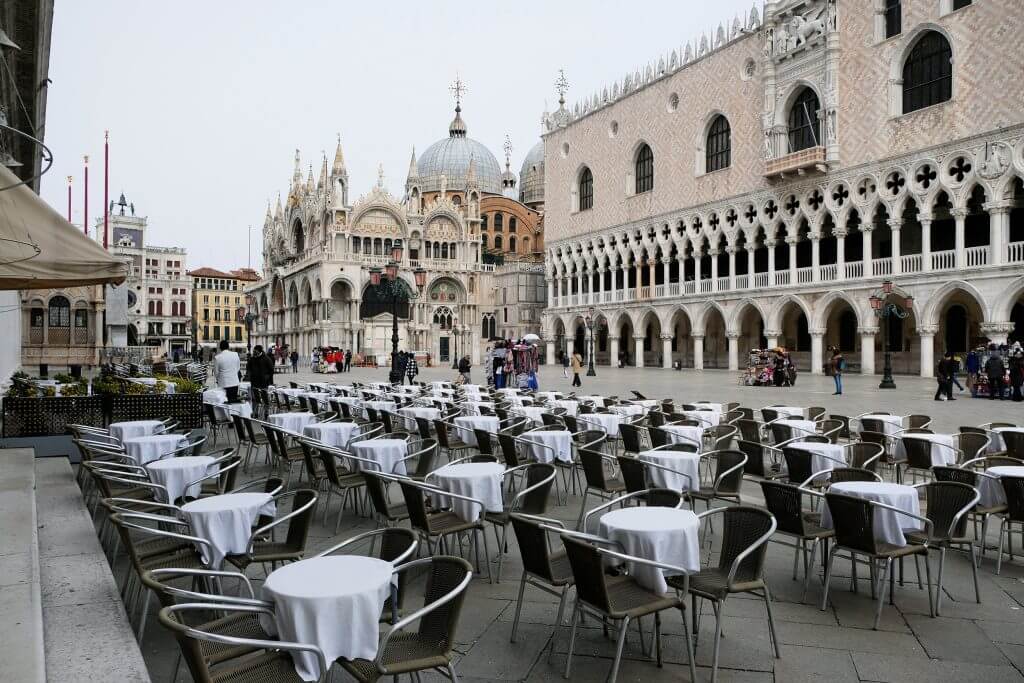
It might be an impossible task to find a traveler who loves crowds and long lines. However, they’re part of the price that most tourists have to pay to visit some of the world’s most famous attractions, especially during peak times.
NB: This is an article from CNN
Subscribe to our weekly newsletter and stay up to date
It used to be that someone looking for a bargain could count on traveling in the shoulder or low season – for example, Italy was once more affordable in the fall, while Hong Kong was cheaper in the boiling-hot summer months.
But the pandemic threw a lot of this conventional travel wisdom out the window. Many offices and schools switched to online-only, which provided people a rare opportunity to spend long periods away from home. Some companies kept those remote working policies after the pandemic ended, providing their workers with more opportunities to explore the world while still drawing a paycheck.
All that tourism, though, comes with consequences.
Practically every day there’s a new headline about efforts to combat overtourism, such as new hotel bans in Amsterdam, photo-blocking barricades in Japan and mass protests in the Canary Islands. According to the United Nations, global travel will return to pre-pandemic levels in 2024 – and could go higher.
That, in turn, begs a question: Is there such a thing as an off-season anymore?
“On the one hand, global travel is getting busier and busier,” explains Olivier Ponti, a director at ForwardKeys, a Spain-based travel data and analysis company.
“There are still some peak seasons and those peak seasons remain really busy, but the low seasons are getting busier and busier as well.”
Recently, ForwardKeys crunched some numbers in three of the world’s most popular beach destinations: Thailand, Hawaii and the Maldives. Here’s the math: take the total number of tourists in a year and divide that figure by 12, which works out to an average of 8% per month. Then, you can plot a graph to see which months are higher and lower than that total to determine when the peak season is.
“In Thailand, low season typically spans from April to September with April and May being really hot,” says Ponti. “During this low season the tourist volumes each month constitute more than 7% of the annual total. That means very, very little seasonality.”
In other words? “There is no off-season anymore in a place like that.”




